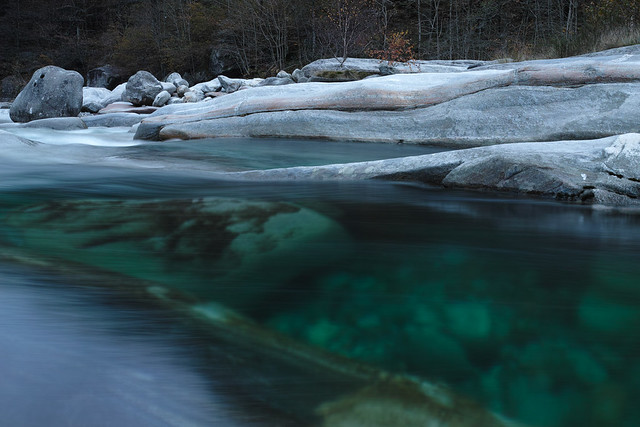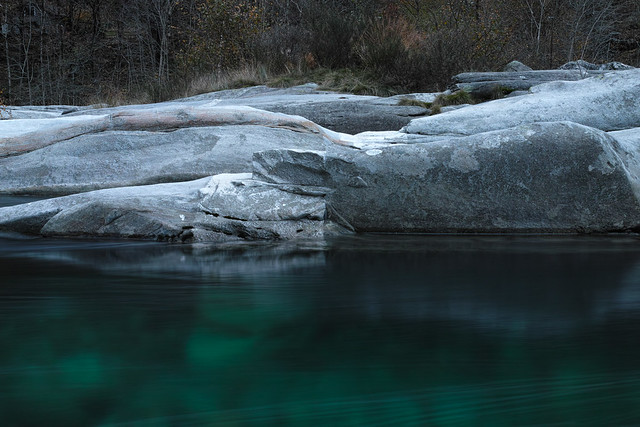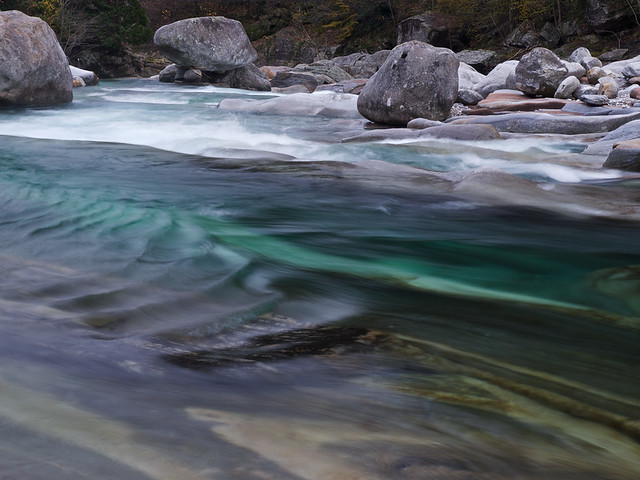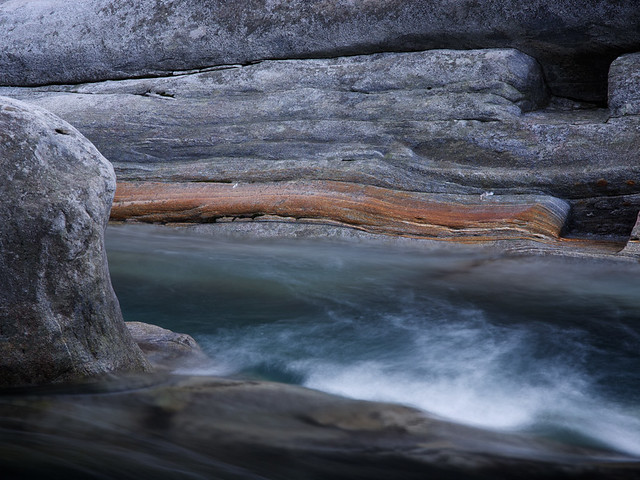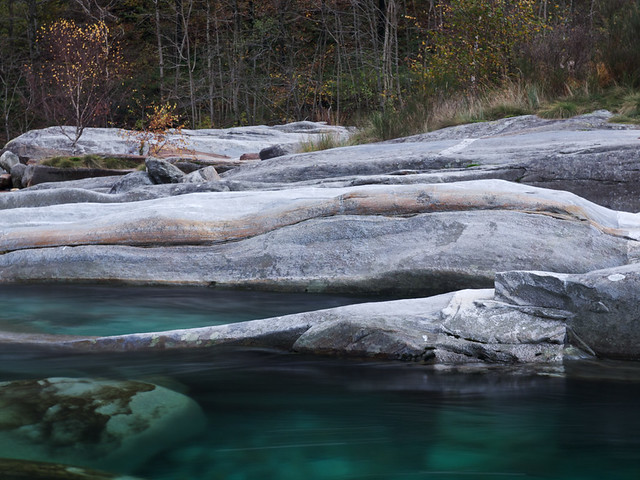Down by the river
A tale of two cameras
The river cutting through the rocks at the village of Lavertezzo, in the Verzasca Valley in Ticino, Switzerland, is one of my favourite places to photograph. It helps that it’s not very far from where I live, too, a fact I sometimes forget to be grateful enough for. I can pretty much go there whenever I want, if I can be bothered to get off my a**e.
Last week I was in the valley and couldn’t resist a quick session around sundown. There are two sets here, taken with different cameras. It’s interesting to see the differences. First up, the Sigma DP2 Merrill, with it’s fixed 50mm equivalent lens.
Lavertezzo - Sigma DP2M
Lavertezzo - Sigma DP2M
Lavertezzo - Sigma DP2M
Then, the Olympus E-5 with the 12-60mm (24-120 equivalent) lens.
Lavertezzo - Olympus E-5 / Zuiko 12-60mm
Lavertezzo - Olympus E-5 / Zuiko 12-60mm
Lavertezzo - Olympus E-5 / Zuiko 12-60mm
When I originally got into the Olympus E-System, part of the attraction was the 4:3 image aspect ratio. It was very much a creative choice, and remains that way. It is close to the Medium Format 645 format which I always liked. Using the Sigma with its “35mm” 3:2 ratio is always a bit of shock. It feels quite constrained. This is of course very contrary of me, because the wider aspect ratio of 3:2 is generally considered to be better for landscape, which is probably my basic niche. But it isn’t so good in vertical orientation, which I do quite a lot of, even though I haven’t shown any examples here.
Otherwise, comparing the output of the two cameras is not so easy at these small sizes, but one interesting point is that, opposite to what might be expected, you can get more useable depth of field out of the Sigma. It is quite comfortable at f/11 or even f/16, where f/11 is on the extreme limit for the Olympus, and at f/16 diffraction is very noticeable, even to me who on the whole doesn’t give much of a damn about pixels.
The colour of the Sigma is different. It is more natural - or at least it can be, on a good day, but also somehow thinner, less saturated. Generally you can’t do that much in post-processing to Sigma files until they start looking distinctly odd. But when they’re good, they’re very good indeed. And the detail is just breathtaking. But the Olympus isn’t that far behind, and the files are much more malleable - which is just as well, because generally they need a bit of a boost.
A lot of people bang on (and on) on the inter webs about “IQ” - image quality, not intellectual quotient - far from the latter, indeed. And the Sigma indisputably has better “IQ”. And it can be fun to use, when all its ducks are nicely aligned. But the Olympus E-5 is always fun to use. It is a wonderful camera to use on a tripod, with the totally orientable screen, coupled with the best Live View implementation on the market allowing it to pretend to be a view camera, and the abundance of dials and buttons making it easy to use in tricky conditions. It’s as equally at home sitting sedately on a tripod here as rolling around in the bottom of a Zodiac in the Antarctic (which the Sigma most definitely was not!). And the fact that it is as tough as old nails is extremely useful in my case. So for me, the usability, responsiveness and enjoyment I get out of the E-5 trumps the unbelievable shots that the Sigma can produce…just. If Sigma produce an DSLR with Live View one day, with a few of the rough edges of the SD1 smoothed off I might be tempted, since we’re at the end of the road so far as Olympus DSLRs are concerned. But, whoa, I’d lose my beloved 4:3 ratio. Not sure I could live with that.
But the most important thing, after all, is to just get out there and use this stuff to pursue whatever vision, obsession or interest you have. Photography for me is as much about blocking out the noise and allowing myself to relax and chill out. Obsessing about cameras is totally counter-productive.
For more background on Lavertezzo, see the article I wrote some time back. And if that’s not enough, I’ve got a gallery you might like to browse through.
after the heat
the tourists have gone … well, mostly
the postcard shop is boarded up
a hush has descended over the valley
the snow will not be long to follow
but old man river
he just keeps rollin’ along


